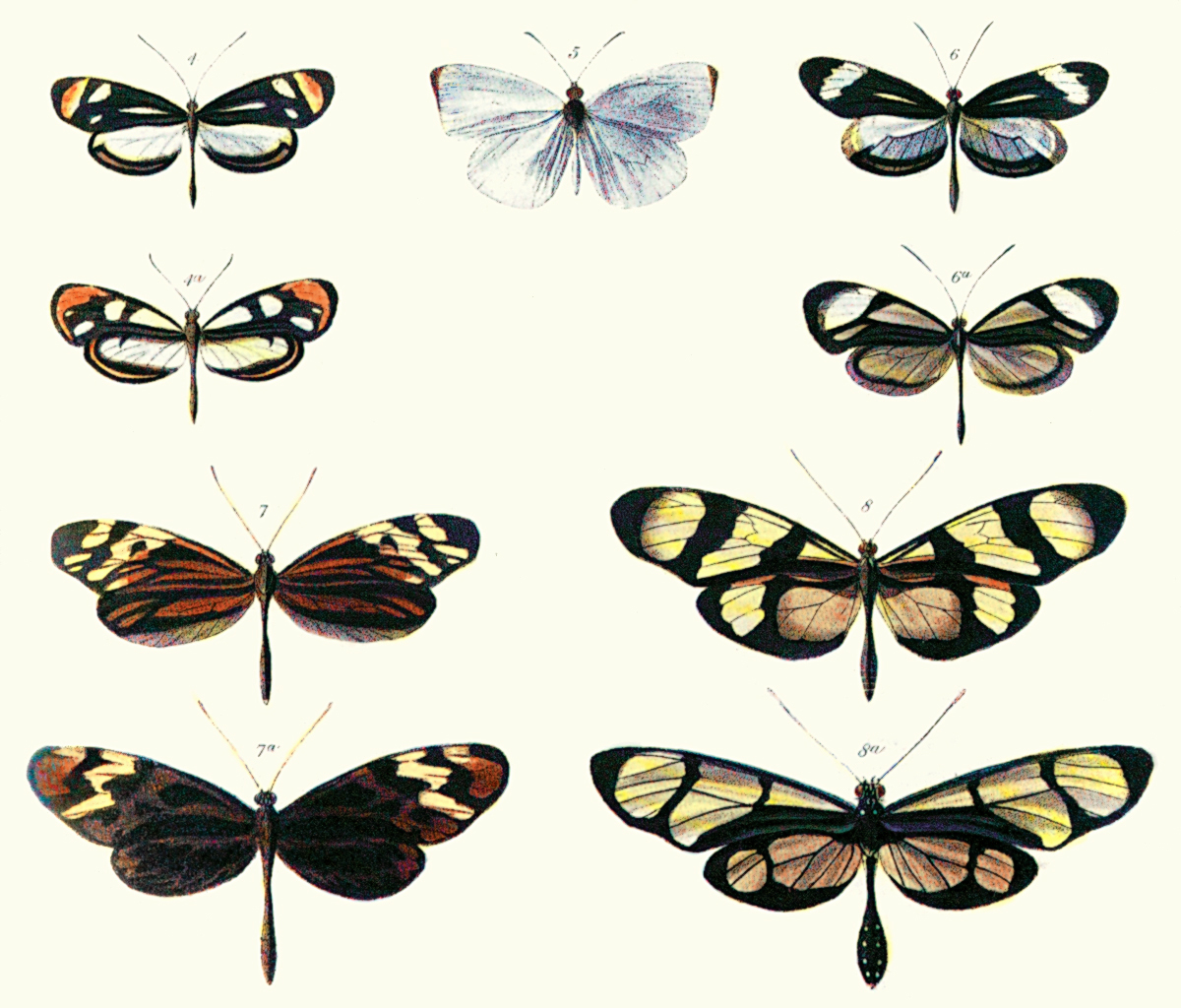|
Austroperlidae
Austroperlidae is a family of stonefly, stoneflies in the order Plecoptera. There are about 10 genera and 15 described species in Austroperlidae across southern land masses Australia, New Zealand, and South America.Austroperlidae species are unique among stoneflies in having aposematic (warning) colouration. For instance, the New Zealand black stonefly ''Austroperla'' is a forest dwelling shredder that is toxic to predators due to its production of hydrogen cyanide. The warning colouration of this species is mimicked by several lineages of the unrelated non-toxic New Zealand stonefly ''Zelandoperla''. Genera These 10 genera belong to the family Austroperlidae: * ''Acruroperla'' Illies, 1969 * ''Andesobius'' McLellan, 2001 * ''Austroheptura'' Illies, 1969 * ''Austropentura'' Illies, 1969 * ''Austroperla'' Needham, 1905 * ''Crypturoperla'' Illies, 1969 * ''Klapopteryx'' Navás, 1928 * ''Penturoperla'' Illies, 1960 * ''Pseudoheptura'' Riek, 1973 * ''Tasmanoperla'' Tillyard, 1921 Re ... [...More Info...] [...Related Items...] OR: [Wikipedia] [Google] [Baidu] |
Austroperla
''Austroperla cyrene'', the black stonefly, is a species of austroperlid stonefly endemic to New Zealand. It is the single species in the genus ''Austroperla''. The species is a 'shredder' that lives and feeds on decomposing wood and leaves in streams throughout New Zealand. It is particularly common in forested streams but relatively rare or absent from deforested streams. ''A. cyrene'' nymphs and adults contain hydrogen cyanide and as a result are toxic to predators. To advertise their toxicity, ''A. cyrene'' adults have striking aposematic (warning) colouration, with bright yellow and white colour features against a black background. This distinctive warning coloration is mimicked by melanic specimens of the non-toxic stoneflies ''Zelandoperla fenestrata'' and ''Taraperla pseudocyrene''. A fossilised specimen of ''Austroperla'' has been recorded from early Miocene sediments of Foulden Maar in Central Otago. A phylogenetic study of Southern Hemisphere stoneflies similarly su ... [...More Info...] [...Related Items...] OR: [Wikipedia] [Google] [Baidu] |
Stonefly
Plecoptera is an order of insects, commonly known as stoneflies. Some 3,500 species are described worldwide, with new species still being discovered. Stoneflies are found worldwide, except Antarctica. Stoneflies are believed to be one of the most primitive groups of Neoptera, with close relatives identified from the Carboniferous and Lower Permian geological periods, while true stoneflies are known from fossils only a bit younger. Their modern diversity, however, apparently is of Mesozoic origin. Plecoptera are found in both the Southern and Northern Hemispheres, and the populations are quite distinct, although the evolutionary evidence suggests species may have crossed the equator on a number of occasions before once again becoming geographically isolated. All species of Plecoptera are intolerant of water pollution, and their presence in a stream or still water is usually an indicator of good or excellent water quality. Description and ecology Stoneflies have a general ... [...More Info...] [...Related Items...] OR: [Wikipedia] [Google] [Baidu] |
Aposematic
Aposematism is the advertising by an animal to potential predators that it is not worth attacking or eating. This unprofitability may consist of any defences which make the prey difficult to kill and eat, such as toxicity, venom, foul taste or smell, sharp spines, or aggressive nature. These advertising signals may take the form of conspicuous coloration, sounds, odours, or other perceivable characteristics. Aposematic signals are beneficial for both predator and prey, since both avoid potential harm. The term was coined in 1877 by Edward Bagnall Poulton for Alfred Russel Wallace's concept of warning coloration. Aposematism is exploited in Müllerian mimicry, where species with strong defences evolve to resemble one another. By mimicking similarly coloured species, the warning signal to predators is shared, causing them to learn more quickly at less of a cost. A genuine aposematic signal that a species actually possesses chemical or physical defences is not the only way t ... [...More Info...] [...Related Items...] OR: [Wikipedia] [Google] [Baidu] |
Mimicked
In evolutionary biology, mimicry is an evolved resemblance between an organism and another object, often an organism of another species. Mimicry may evolve between different species, or between individuals of the same species. Often, mimicry functions to protect a species from predators, making it an anti-predator adaptation. Mimicry evolves if a receiver (such as a predator) perceives the similarity between a mimic (the organism that has a resemblance) and a model (the organism it resembles) and as a result changes its behaviour in a way that provides a selective advantage to the mimic. The resemblances that evolve in mimicry can be visual, acoustic, chemical, tactile, or electric, or combinations of these sensory modalities. Mimicry may be to the advantage of both organisms that share a resemblance, in which case it is a form of mutualism; or mimicry can be to the detriment of one, making it parasitic or competitive. The evolutionary convergence between groups is driven by th ... [...More Info...] [...Related Items...] OR: [Wikipedia] [Google] [Baidu] |

